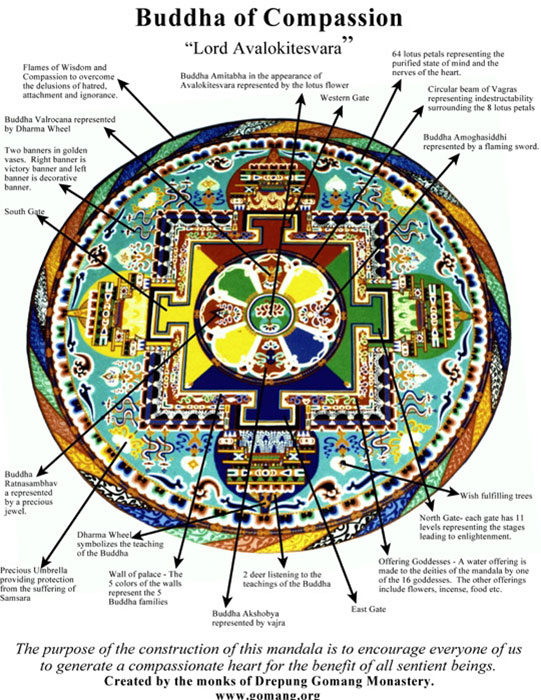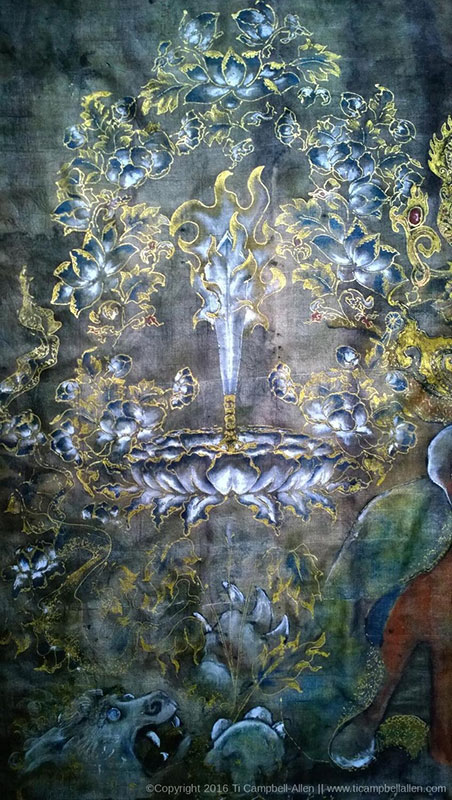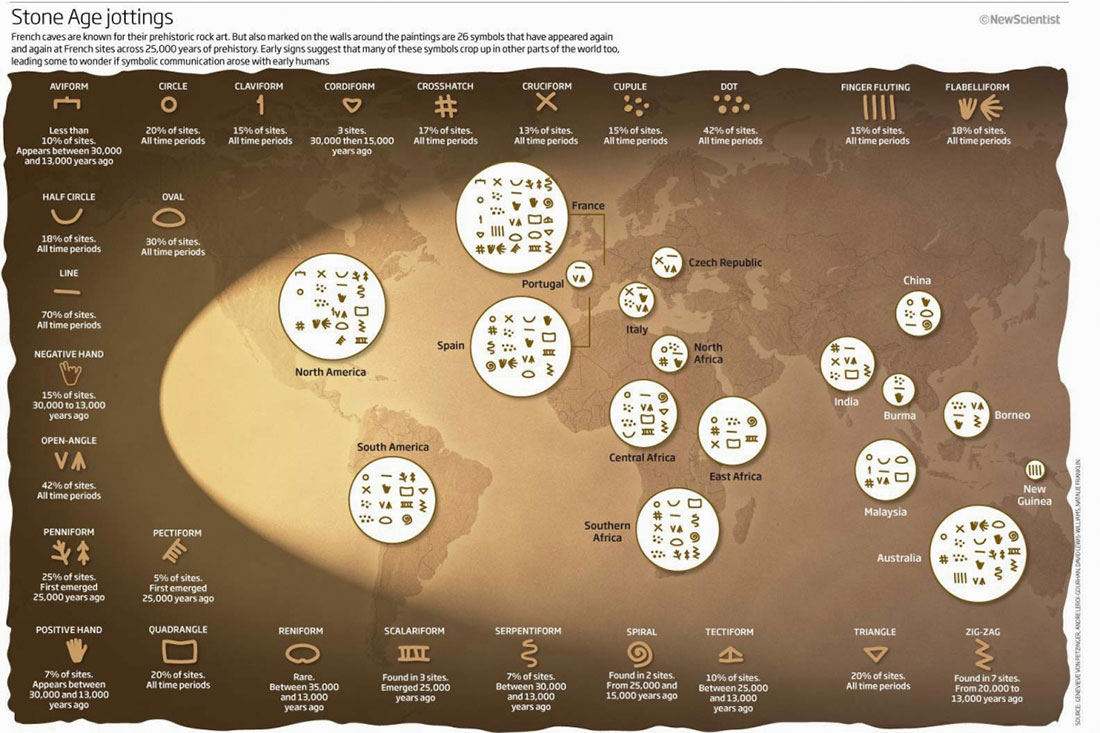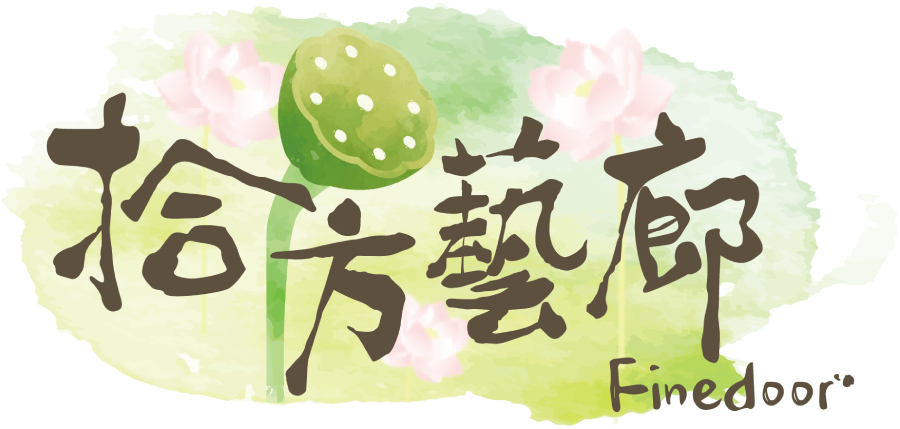
Free-flowing bridges over the abyss. Photo by the author
Deconstructing Bridges and Forging New Highways with Dharma Art – Part One
By Dakini As Art: Ti Campbell-Allen | 2016-06-10 |
Visually, there are two forms of language: one that has to be learned and one that communicates directly with the other-than-conscious part of our mind. The patterns of visual language have been formulating from a cosmic blueprint since the dawn of the universe, revealing themselves in the unfurling growth of a fern to the complete wholeness potential held within the perfection of a seed.
Watch any young child focus on the art they are creating and they will show you what an all-absorbing, serious business the act of committing an image to substrate is. Whether it is fantasy, literal, instructional, or an expression of their inner processing, their concentration will take them from the outer world and slip them into a bubble of timelessness. Art is a graphic communication, transmitting and preserving messages without the need for words, bypassing the linear left-brained critic in favor of the intuitive right, oxytocin and serotonin being emitted all the while, which means that drawing makes you feel good, too.
Kleshas (destructive emotions) as biology
“You are what you think. All that you are arises from your thoughts. With your thoughts you make your world.” – The Dhammapada
With new information, our brains fire out the beginnings of a new highway. With repetition, the highway becomes increasingly solid and a neurological abyss is bridged, allowing the new information to free-flow effortlessly. However, many of these roads are counter-positive, as life may well have served us repetitive situations that have hardwired themselves into our brain, creating reactions that are no longer conscious. Repetitive environmental programming fixes paths in the cerebellum and limbic system, resulting in automatic, unconscious patterns, emotional reactions, and expectations forming the greater part of our living experience. It becomes Life on Autopilot. This can prevent clear communication with the deeper, knowing mind, resulting in neocortex distortions or fuzziness, which manifest into our outer reality. Many years of research have shown us that what and how we feel resonate to such a degree that even our biology is affected, and that in turn has a direct effect on our experience in the outer world. To make matters even more challenging, our primordial brain typically errs toward the negative. This is part of our survival instinct, the fight or flight response of our basic brain. And today, of course, the media capitalizes on this fear-based background grumble of anxiety with a constant barrage of imagery feeding any sense of inadequacy, typically goading men towards more conquest and women, more acceptance. This survival mechanism of negativity was recognized eons ago, hence ancient quotes like “The origin of all demons is in mind itself” – Machig Labdrön

Mandalas explained. From newarkmuseum.wordpress.com

Manjushri's Klesha-cutting Sword of Wisdom. Photo and artwork by the author
The symbolic unconscious language
According to the research of Canadian-born Genevieve von Petzinger (who has an MA in Anthropology and in 2010, initiated an unprecedented survey of ancient geometric signs), only 32 geometric shapes were being used over the continent of Europe, extending into Asia and as far as Australia, over a period of approximately 30,000 years. This is a vast period of time for so few symbols to have been consistently used over such an extensive geographical area. As far as we know, language only started forming around 5,000 years ago from the legacy of the representational images that were embedding themselves into the collective unconscious, a symbol language that we still subconsciously recognize today.
Learned art
In traditional spiritual art, many aspects of symbolism had to be learned. Historically, they were often only taught to a select few, with a watered-down version made available to the masses, mostly all conveyed with a cultural (often patriarchal) bias.
With the opening of the East, and many Westerners now taking the baton of wisdom teachings and sacred art to a new level of global visibility, its symbolic language is being taught and learned by an entirely new culture. This sits in tandem with the embedded symbols that have immersed themselves into our psyches over millennia.
When we see an image, the light falls on the retina in its 2-D form and the brain figures out the rest, facilitating an understanding of this three-dimensional reality of dualism. Color is even more curious as we do not even need to see color for it to have an effect. Color therapy (chromotherapy) works on blind people. We are physically and emotionally affected by color. Color is, after all, simply another frequency of energy, and of course, so are we. Physiologically, color relates to melatonin, metatonin, and serotonin production, and we experience this daily with the full-color spectrum of daylight. Releasing these natural chemicals from the pineal gland affects every cell in the body. Its home is the hypothalamus, where it affects emotions. This pineal gland is the seat of what is also called the third eye, our intuitive state, the gateway between physical experience and the knowing spirit.
In intentional, focused seeing, such as in thangka deity meditation, a combination of the learned and embedded symbols and colors are recognized by our unconscious mind. We are creating a neurological shift in our brain structure as we invite the specific, deity-like attributes into our own psychology, helping to break down unwanted brain bridges and create new, desired ones. The images speak back to our subconscious, and as the information is offered pictorially, we are more likely to remember it. In fact, our recall ability is improved by 65 per cent when the information is attached to an image, helping to embed new patterns and helping to “tame the mind.”

Dates, percentage, and use of geography symbols. From beforitsnews.com






